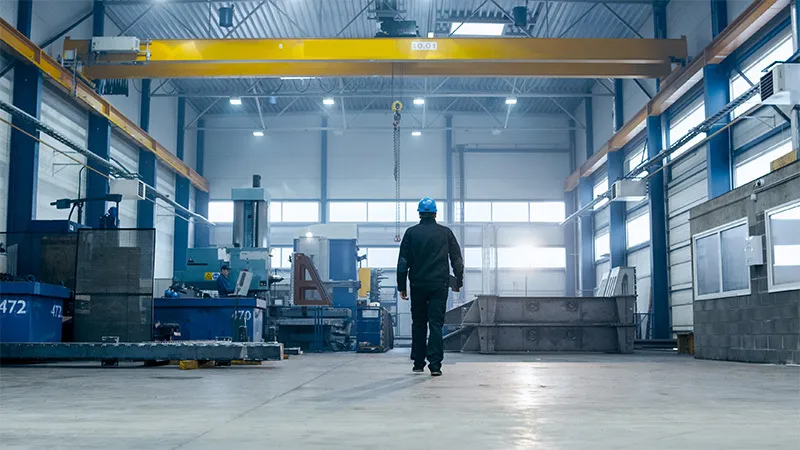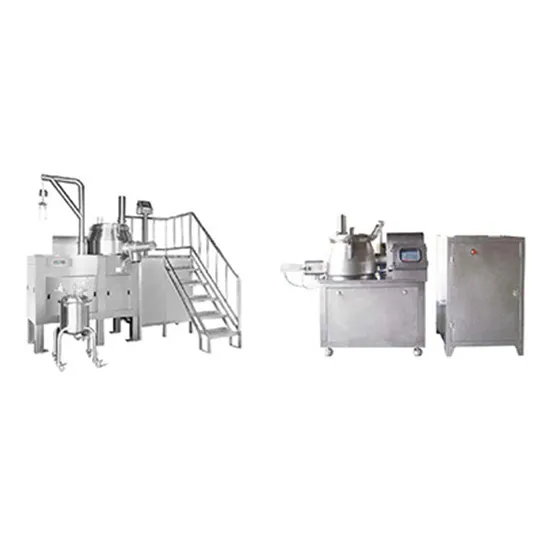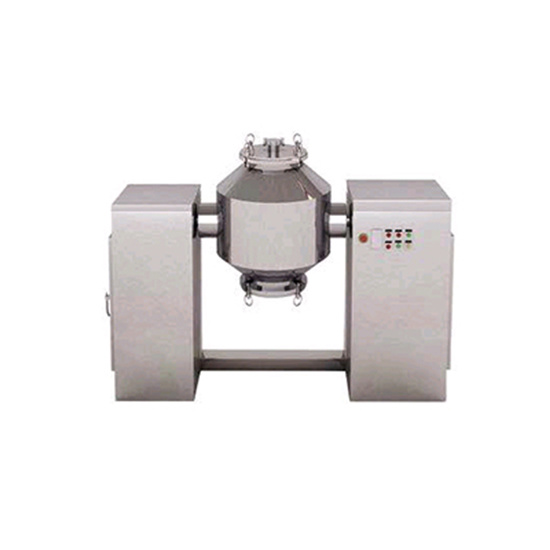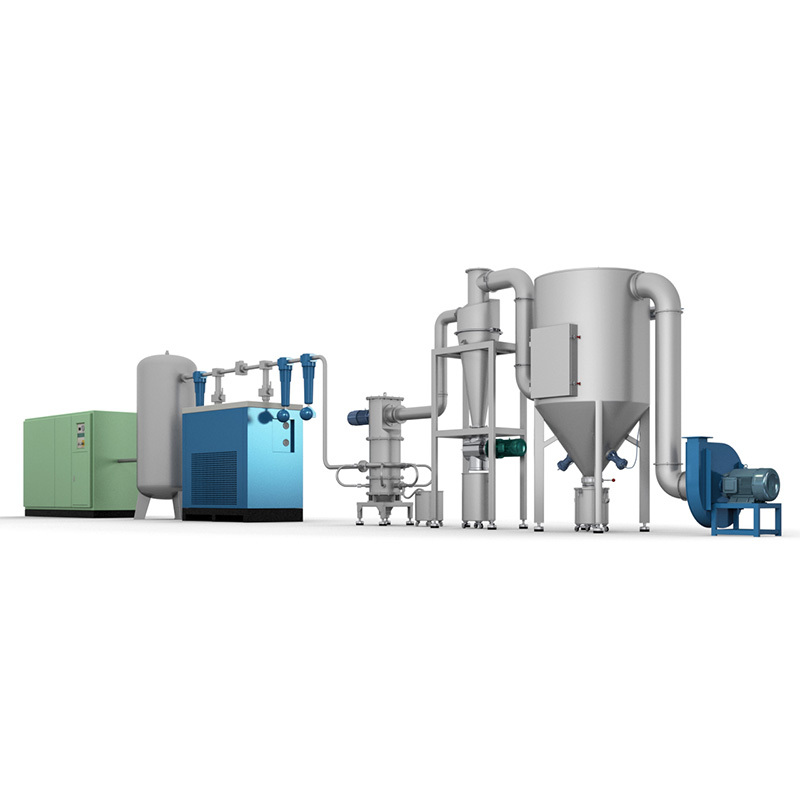NEWS
Grinder Maintenance Tips: Preventive Measures for Long-Term Reliability
Sep 14,2023
Table of Contents:
1. Introduction
2. Importance of Grinder Maintenance
3. Routine Cleaning and Lubrication
4. Inspection and Troubleshooting
5. Grinder Safety Measures
6. FAQs (Frequently Asked Questions)
7. Conclusion
Grinders are essential tools in various industries, from woodworking to metal fabrication. These machines simplify tasks and enhance productivity, making them indispensable for many professionals and enthusiasts. However, to ensure their long-term reliability and optimal performance, proper maintenance is crucial.
In this article, we will provide you with valuable grinder maintenance tips that go beyond basic care. By following these preventive measures, you can extend the lifespan of your grinder and avoid costly repairs or replacements.
Regular maintenance is vital for any machinery, including grinders. Neglecting maintenance can lead to decreased performance, increased downtime, and even safety hazards. By implementing a proactive maintenance routine, you can prevent potential issues and ensure your grinder operates at its best.
Regular maintenance, including cleaning, lubrication, and inspection, helps optimize your grinder's performance. By removing debris, ensuring proper alignment, and addressing minor issues promptly, you can maximize efficiency and achieve precise results.
Grinders are significant investments, and extending their lifespan is crucial for cost-effectiveness. By taking preventive measures, such as regular cleaning and replacing worn parts, you can significantly prolong your grinder's lifespan, saving you money in the long run.
Grinder accidents can cause severe injuries if safety precautions are not followed or if the machine is not properly maintained. Regular maintenance helps identify potential safety hazards, such as damaged components or loose fasteners, ensuring a safe working environment.
Proper cleaning and lubrication are essential for maintaining a grinder's optimal performance. Here are some key steps:
- Start by unplugging the grinder and ensuring it is cool to the touch.
- Use a brush or compressed air to remove loose debris and dust from the machine's exterior.
- Carefully disassemble removable parts, such as guards, wheel covers, and spark arrestors.
- Clean these parts thoroughly using a mild detergent and water.
- Wipe down the grinder's body with a damp cloth, ensuring all surfaces are clean and free from residue.
- Allow all parts to dry completely before reassembly.
- Refer to your grinder's manual for specific lubrication requirements.
- Apply a small amount of lubricant to the designated points, such as gears, spindles, and bearings.
- Avoid over-lubricating, as excess lubricant can attract debris and interfere with the machine's functionality.
- Regularly check lubrication levels and replenish as needed.
Regular inspection and troubleshooting are vital for identifying potential issues before they escalate. Here are some key steps:
- Conduct a thorough visual inspection of the grinder, looking for signs of wear, damage, or misalignment.
- Examine the power cord for any fraying or exposed wires.
- Check for loose or damaged fasteners, ensuring all components are securely attached.
- Inspect the grinding wheels for cracks, chips, or uneven wear.
- Prior to each use, perform a functionality test by turning on the grinder and ensuring all controls are working correctly.
- Listen for any unusual noises or vibrations that may indicate underlying issues.
- Test the grinder's safety features, such as emergency stop buttons and wheel guards, to ensure they function properly.
- If you encounter performance issues, consult your grinder's manual for troubleshooting guidance.
- Common issues may include overheating, wheel wobbling, or excessive vibrations.
- Follow the manufacturer's recommended troubleshooting steps or seek professional assistance if needed.
Safety should always be a top priority when using any machinery, including grinders. Here are some essential safety measures to follow:
- Always wear appropriate personal protective equipment (PPE), including safety glasses, gloves, and hearing protection.
- Use a face shield or goggles to protect your eyes from flying debris.
- Ensure the workpiece is securely clamped or held in place to prevent movement during grinding.
- Never hold the workpiece with your hands while operating the grinder.
- Make sure the grinder's wheel guards are properly adjusted and in place.
- Wheel guards provide a protective barrier between the grinding wheel and the operator, reducing the risk of injuries.
Q: How often should I clean my grinder?
A: It is recommended to clean your grinder after every use or at least once a month, depending on usage.
Q: Can I use any lubricant for my grinder?
A: No, it is crucial to use a lubricant specifically designed for grinders. Consult your grinder's manual for the recommended lubricant.
Q: What should I do if my grinder emits a burning smell?
A: A burning smell may indicate overheating. Turn off the grinder immediately and allow it to cool down. Inspect for any clogged vents or other issues before using it again.
Q: How often should I replace grinding wheels?
A: Grinding wheels should be replaced when they become worn, cracked, or chipped. Regularly inspect your wheels and replace them as needed.
Q: Can I perform grinder maintenance myself, or should I hire a professional?
A: Routine maintenance tasks, such as cleaning and lubrication, can typically be performed by the user. However, for complex repairs or issues, it is advisable to consult a professional.
Proper grinder maintenance is essential for long-term reliability and optimal performance. By following the preventive measures outlined in this article, you can ensure your grinder operates smoothly, extends its lifespan, and promotes a safe working environment. Implement a regular maintenance routine, adhere to safety measures, and address issues promptly to maximize the efficiency and durability of your grinder.
1. Introduction
2. Importance of Grinder Maintenance
3. Routine Cleaning and Lubrication
4. Inspection and Troubleshooting
5. Grinder Safety Measures
6. FAQs (Frequently Asked Questions)
7. Conclusion
1. Introduction
Grinders are essential tools in various industries, from woodworking to metal fabrication. These machines simplify tasks and enhance productivity, making them indispensable for many professionals and enthusiasts. However, to ensure their long-term reliability and optimal performance, proper maintenance is crucial.
In this article, we will provide you with valuable grinder maintenance tips that go beyond basic care. By following these preventive measures, you can extend the lifespan of your grinder and avoid costly repairs or replacements.
2. Importance of Grinder Maintenance
Regular maintenance is vital for any machinery, including grinders. Neglecting maintenance can lead to decreased performance, increased downtime, and even safety hazards. By implementing a proactive maintenance routine, you can prevent potential issues and ensure your grinder operates at its best.
2.1 Enhances Performance
Regular maintenance, including cleaning, lubrication, and inspection, helps optimize your grinder's performance. By removing debris, ensuring proper alignment, and addressing minor issues promptly, you can maximize efficiency and achieve precise results.
2.2 Extends Lifespan
Grinders are significant investments, and extending their lifespan is crucial for cost-effectiveness. By taking preventive measures, such as regular cleaning and replacing worn parts, you can significantly prolong your grinder's lifespan, saving you money in the long run.
2.3 Ensures Safety
Grinder accidents can cause severe injuries if safety precautions are not followed or if the machine is not properly maintained. Regular maintenance helps identify potential safety hazards, such as damaged components or loose fasteners, ensuring a safe working environment.
3. Routine Cleaning and Lubrication
Proper cleaning and lubrication are essential for maintaining a grinder's optimal performance. Here are some key steps:
3.1 Cleaning the Grinder
- Start by unplugging the grinder and ensuring it is cool to the touch.
- Use a brush or compressed air to remove loose debris and dust from the machine's exterior.
- Carefully disassemble removable parts, such as guards, wheel covers, and spark arrestors.
- Clean these parts thoroughly using a mild detergent and water.
- Wipe down the grinder's body with a damp cloth, ensuring all surfaces are clean and free from residue.
- Allow all parts to dry completely before reassembly.
3.2 Lubricating Moving Parts
- Refer to your grinder's manual for specific lubrication requirements.
- Apply a small amount of lubricant to the designated points, such as gears, spindles, and bearings.
- Avoid over-lubricating, as excess lubricant can attract debris and interfere with the machine's functionality.
- Regularly check lubrication levels and replenish as needed.
4. Inspection and Troubleshooting
Regular inspection and troubleshooting are vital for identifying potential issues before they escalate. Here are some key steps:
4.1 Visual Inspection
- Conduct a thorough visual inspection of the grinder, looking for signs of wear, damage, or misalignment.
- Examine the power cord for any fraying or exposed wires.
- Check for loose or damaged fasteners, ensuring all components are securely attached.
- Inspect the grinding wheels for cracks, chips, or uneven wear.
4.2 Testing Functionality
- Prior to each use, perform a functionality test by turning on the grinder and ensuring all controls are working correctly.
- Listen for any unusual noises or vibrations that may indicate underlying issues.
- Test the grinder's safety features, such as emergency stop buttons and wheel guards, to ensure they function properly.
4.3 Troubleshooting Common Issues
- If you encounter performance issues, consult your grinder's manual for troubleshooting guidance.
- Common issues may include overheating, wheel wobbling, or excessive vibrations.
- Follow the manufacturer's recommended troubleshooting steps or seek professional assistance if needed.
5. Grinder Safety Measures
Safety should always be a top priority when using any machinery, including grinders. Here are some essential safety measures to follow:
5.1 Protective Gear
- Always wear appropriate personal protective equipment (PPE), including safety glasses, gloves, and hearing protection.
- Use a face shield or goggles to protect your eyes from flying debris.
5.2 Secure Workpiece
- Ensure the workpiece is securely clamped or held in place to prevent movement during grinding.
- Never hold the workpiece with your hands while operating the grinder.
5.3 Wheel Guards
- Make sure the grinder's wheel guards are properly adjusted and in place.
- Wheel guards provide a protective barrier between the grinding wheel and the operator, reducing the risk of injuries.
6. FAQs (Frequently Asked Questions)
Q: How often should I clean my grinder?
A: It is recommended to clean your grinder after every use or at least once a month, depending on usage.
Q: Can I use any lubricant for my grinder?
A: No, it is crucial to use a lubricant specifically designed for grinders. Consult your grinder's manual for the recommended lubricant.
Q: What should I do if my grinder emits a burning smell?
A: A burning smell may indicate overheating. Turn off the grinder immediately and allow it to cool down. Inspect for any clogged vents or other issues before using it again.
Q: How often should I replace grinding wheels?
A: Grinding wheels should be replaced when they become worn, cracked, or chipped. Regularly inspect your wheels and replace them as needed.
Q: Can I perform grinder maintenance myself, or should I hire a professional?
A: Routine maintenance tasks, such as cleaning and lubrication, can typically be performed by the user. However, for complex repairs or issues, it is advisable to consult a professional.
7. Conclusion
Proper grinder maintenance is essential for long-term reliability and optimal performance. By following the preventive measures outlined in this article, you can ensure your grinder operates smoothly, extends its lifespan, and promotes a safe working environment. Implement a regular maintenance routine, adhere to safety measures, and address issues promptly to maximize the efficiency and durability of your grinder.
More News










